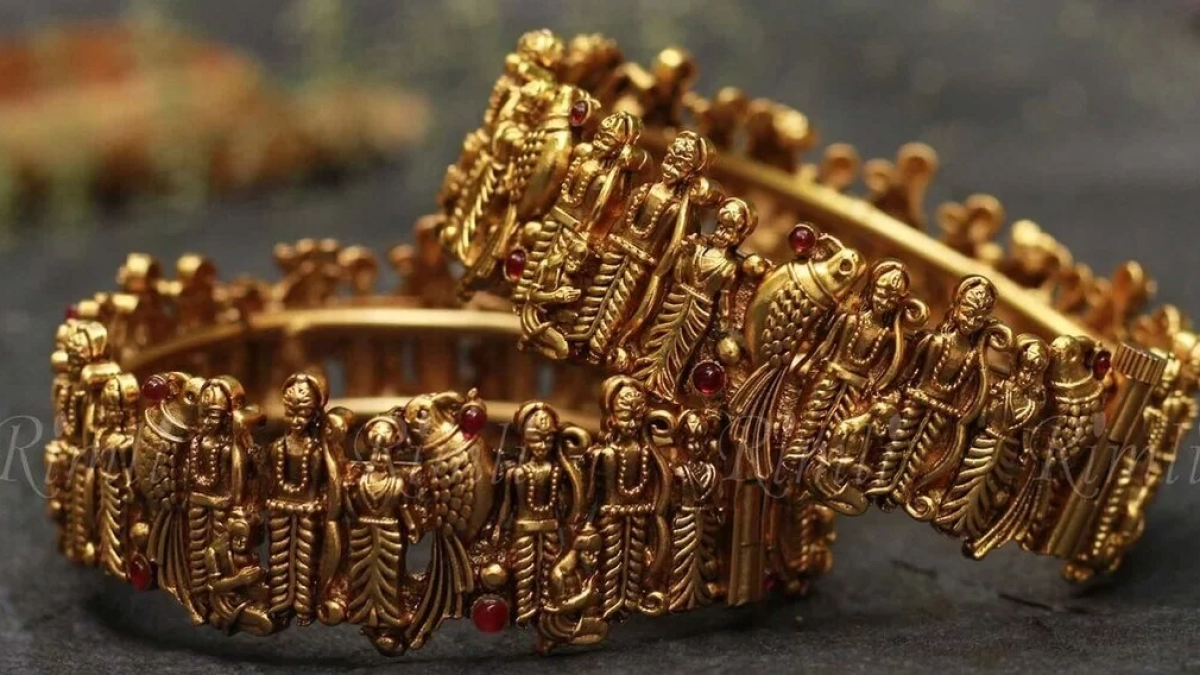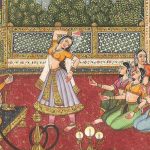The Cultural Importance of Jewelry in Indian Traditions

Jewelry in India is much more than adornment; it holds deep cultural, symbolic, and historical significance that transcends generations. Across India, jewelry is an integral part of religious rituals, weddings, and festivals, playing a role far beyond mere aesthetics. It reflects the diversity of India’s cultural heritage, with distinct regional styles and materials representing different traditions, beliefs, and social status.
Symbolism and Significance of Jewelry
In Indian culture, jewelry is a symbol of wealth, prosperity, and divine blessings. It is often considered an auspicious element, believed to bring good fortune and protect against negative energies. Whether in the form of gold, silver, or gemstones, jewelry is deeply entwined with the spiritual beliefs and customs of the people. Many types of jewelry are designed to signify specific meanings, such as the mangalsutra (a sacred necklace worn by married women), which symbolizes marital commitment, or the nose ring, which is associated with purity and fertility.
Gold, in particular, holds immense significance in Indian culture. It is seen as a symbol of permanence, strength, and wealth. For centuries, it has been a favored metal for crafting jewelry, especially in the form of intricate necklaces, bangles, and rings. The purity of gold is not just a measure of its physical value but is also linked to the purity of relationships and the spiritual well-being of its wearer.
Jewelry in Rituals and Religious Significance
Jewelry plays a significant role in Indian religious rituals. It is an essential part of various ceremonies, especially weddings and festivals. For example, during weddings, the bride is adorned with several pieces of jewelry that are meant to invoke divine blessings and ensure a prosperous married life. These include the mangalsutra, toe rings (bichiya), and the bridal set consisting of necklaces, earrings, and bangles, often designed with intricate details and gemstones.
In addition to wedding rituals, jewelry is also important during festivals like Diwali, Navratri, and Karva Chauth, where individuals wear new and ceremonial jewelry to mark the occasion. The act of buying or gifting jewelry during these times is seen as an auspicious practice, bringing blessings for the year ahead.
The connection between jewelry and divinity is also evident in religious practices. Many temples and shrines across India are adorned with precious jewelry offerings to gods and goddesses, with devotees contributing gold or silver ornaments to seek blessings. These jewels are often treated with reverence and are considered as a direct offering to the divine.
Regional Diversity and Jewelry Styles
Indian jewelry styles are as diverse as its culture and geography. Each region has developed its own distinct forms, reflecting local traditions, craftsmanship, and beliefs.
- South Indian Jewelry: Known for its heavy and intricate designs, South Indian jewelry often includes large gold pieces, temple jewelry, and elaborate Kundan sets. The jewelry is typically adorned with motifs inspired by religious deities, nature, and geometric patterns. South Indian brides are often seen wearing the traditional “vaddanam” (waist belt) and “thali” (necklace) made of gold.
- Kundan and Meenakari Jewelry: Originating from Rajasthan, Kundan jewelry is known for its fine craftsmanship, where gemstones are set in gold using a traditional technique. Meenakari, the art of enameling, is often combined with Kundan to create colorful and intricate designs. This type of jewelry is commonly seen in royal and bridal collections.
- Maang Tikka and Nath (Nose Rings): In northern India, the “maang tikka” (a decorative forehead ornament) and “nath” (nose rings) are often worn during weddings and festivals, symbolizing the beauty and sanctity of womanhood. The use of these adornments reflects the cultural practices of the region.
- Tribal and Folk Jewelry: In tribal communities, jewelry is not just an ornament but often a marker of identity, status, and heritage. Handcrafted with local materials like brass, silver, and beads, tribal jewelry is known for its rustic, bold, and symbolic designs. Each piece of jewelry tells a story, representing the tribe’s traditions, beliefs, and nature.
Jewelry as an Investment
In India, jewelry also serves as an investment. Gold, in particular, is considered a safe and valuable asset, passed down through generations. During times of economic uncertainty, jewelry is often seen as a reliable form of wealth. The tradition of acquiring gold jewelry during significant life events, such as weddings, is not only seen as a way to celebrate but also as a way to ensure financial security for the future.
Jewelry’s role in saving and investing has contributed to its status as an integral part of Indian life, offering both cultural and economic value.
The Modern Day and Jewelry in Fashion
As India has moved into the modern era, jewelry continues to play a crucial role in fashion, blending traditional designs with contemporary trends. Today, modern jewelry designers are experimenting with materials, techniques, and designs, creating fusion pieces that cater to both traditional and modern sensibilities. The fusion of Western and Indian styles has resulted in jewelry that is worn for various occasions, from casual outings to formal events.
Celebrity endorsements and fashion shows have also brought Indian jewelry into the global spotlight, with international audiences embracing the intricate designs and rich cultural significance of Indian jewelry. Global fashion icons are often seen wearing pieces from India, further cementing its place in global fashion.
Conclusion
Jewelry in Indian culture holds far more significance than just aesthetic appeal. From religious rituals to weddings and everyday fashion, it is a reflection of India’s rich cultural history, spiritual beliefs, and social customs. Whether crafted in gold, silver, or adorned with gemstones, Indian jewelry continues to symbolize wealth, prosperity, and protection, while also serving as a medium for cultural expression and storytelling.
As India’s jewelry traditions evolve, the intricate craftsmanship and timeless appeal of its designs will continue to be a significant part of the country’s cultural identity, celebrated both within India and around the world.










